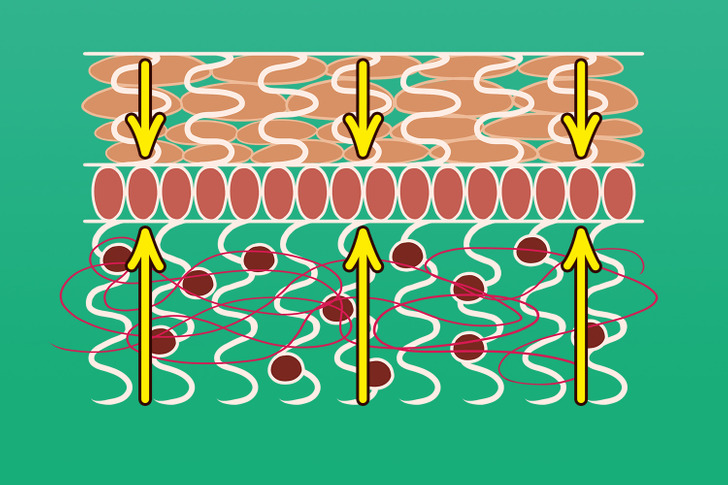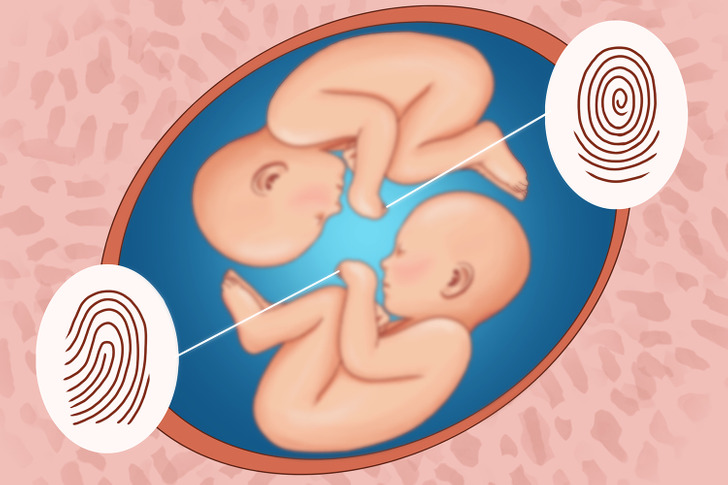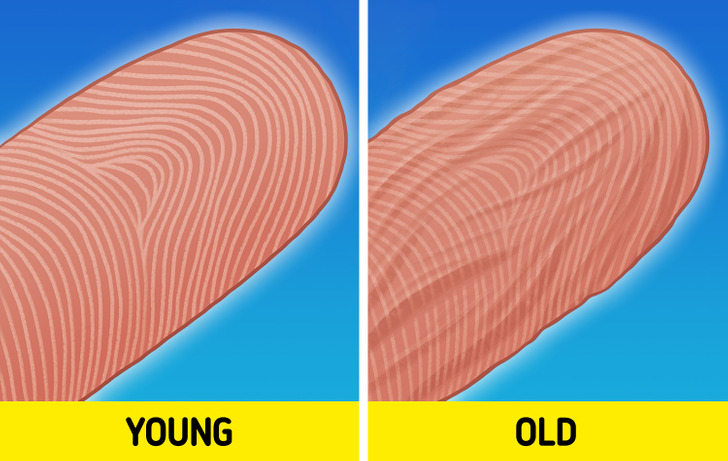Why Do People Have Different Fingerprints

There are many unique things about our bodies, and one of them is our fingerprints. Dermal ridges can be found in many places on our body — our palms, toes, the soles of our feet, and, of course, our fingertips. 5-Minute Crafts will explain to you why every one of us has one-of-a-kind fingerprints.
1. How fingerprints get formed.

It all starts during the embryo development in the mother’s womb around the 10th week of pregnancy. One of the accepted theories explains that the middle layer of skin grows faster than the inner and outer skin layers, which causes strain. Because of this pressure, the skin changes its shape and folds. As a result, complex patterns appear on our fingers, palms, toes, and soles.
Because this pattern is enclosed between 2 skin layers, it becomes almost permanent, and it can’t be changed or destroyed by skin injuries.
2. Even twins have different fingerprints.

However, other factors can influence the formation of fingerprints. For example, development also conditions a baby’s face in their mother’s womb. Pressure in the womb or the length of the umbilical cord can influence the way fingerprints form.
Other things like blood pressure, blood oxygen levels, the mother’s diet, hormone levels, or the position of the embryo in the fetus and the way they touch their surroundings play a role in this complicated process.
Thanks to this, even identical twins have a set of fingerprints that differ from each other.
3. These patterns cannot be changed throughout your lifetime.

Fingerprints are formed completely and fixed 3 months before a baby is born. Even if you accidentally scar, cut them, or influence them in any way after, the pattern will eventually grow back.
Even though we age and our skin can become more stretchy, this doesn’t affect our dermal ridges. However, it might be harder to scan them through a biometric fingerprint scanner.
4. There are also several types of patterns.

Even though we all have different fingerprints, they can have similar patterns. If you ink your finger and press it onto a paper, you notice which ones you have.
- Loops — the lines are divided into radial shapes that form loops. They can point upward or downward. Around 60% of people have this type of fingerprint.
- Whorls — the lines form circular or spiral patterns that look like tiny whirlpools. They can be like concentric circles, loops with whorls at the ends, 2 loops creating an S-like pattern, or have an irregular shape. Around 35% of people have this type of fingerprint.
- Arches — the lines form a wave-like pattern with plain and tented arches. Around 5% of people have this type of fingerprint.